One of the previous articles on here looked at why wine can mature in the bottle but whisky does not. The article can be found at Why does wine mature in the bottle but whisky does not? and at the end, I mention that once a bottle of whisky is opened the flavours can change as the bottle goes down.
To further explore this area I thought it would be interesting to do this Talisker review slightly differently. I will review this bottle three times, the first today on the first pour from the bottle, the second when half the whisky is gone and finally on the last measure from the bottle. Completing notes and comparing the three sets should be an interesting mini-series to explore how flavour profiles grow or shrink over time.
The Distillery
The Talisker distillery on the Isle of Skye has been around since the 1830’s when two brothers bought the lease to Talisker House. Those two brothers happened to be the right-hand men of the Laird of the island who was wanting to clear the place of unprofitable islanders but it was a different time so maybe we shouldn’t judge them too harshly (or perhaps immoral actions are always immoral regardless of the era). Some cleared islanders ended up working for the distillery which also happened to have a shop for its employees. The currency was coined by the distillery which was quite popular at the time but made illegal before it caught on too quickly.
Some cleared islanders ended up working for the distillery which also happened to have a shop for its employees. The currency was coined by the distillery which was quite popular at the time but made illegal before it caught on too quickly. Which is a nugget of information from Ian Buxton’s new book Whiskies Galore which you should defintely checkout.
Talisker contains 5 stills which are a hang over from when triple distillation was employed at the distillery. This stopped in 1928 after the distillery was bought over by John Walker and Sons which is how it became part of the Diageo stable today.
The Dram

This version of Talisker was distilled in 2003 and bottled in 2014 before being bought by me in Tesco in 2017 (more than a little dusty). The marketing material tries to convey the idea this is essentially the 10-year-old bottle which an additional finishing in Amoroso casks but since you can’t always believe the marketing story I am not sure how true that is. It is probably pretty similar cask mix if not completely identical I would guess.
The bottling strength is 45.8% ABV as you can expect from Talisker and is certainly chill-filtered and coloured artificially. While this 2014 bottling might only be available from auction the current release is widely available for £70.57 from HERE
The Amoroso finishing casks are from a type of sherry which is a blend of Oloroso and Petro Ximénez sherry before being married together in casks. This results in a sweetened form of Oloroso sherry so it will be interesting to see how that pairs with peppery peated single malt which Talisker is so known for.
Tasting Notes

Colour – Orangade
Nose – a lot of brine but this is behind the much more noticeable sharp sweetness from the sherry finishing.
Palate – Medium texture and very slightly ashy. Quite a strong rubber band note comes through and masks quite a lot of what is going on. A little treacle as well.
Finish – That rubber band note develops acrider in the finish and dominates over the overly ripened grapes from the finish.
Final Thoughts
So just to remind you this was the first glass from the bottle and a bottle which I have never tried before. The notes above are pretty simple and minimalist as a result but this also reflects how bound up the flavours are in the bottle.
In the next review, at the half way point of the bottle, I would expect the rubber band notes to make way for some more distillery character but the interesting thing will be to see how much of the finishing cask is left in the flavour profile. A short dip in a finishing cask will mean the flavours may well be all gone or a longer period may mean we are in for a treat.
At just over £70 this is a pretty expensive bottle but at the sale price of £50, I think this reflects much better the level of quality you are getting. To go back to my previous post on alcohol tax at the higher price only 30% of it is tax which is nearly the polar opposite message of the SWA #dropTheDuty campaign I was investigating.
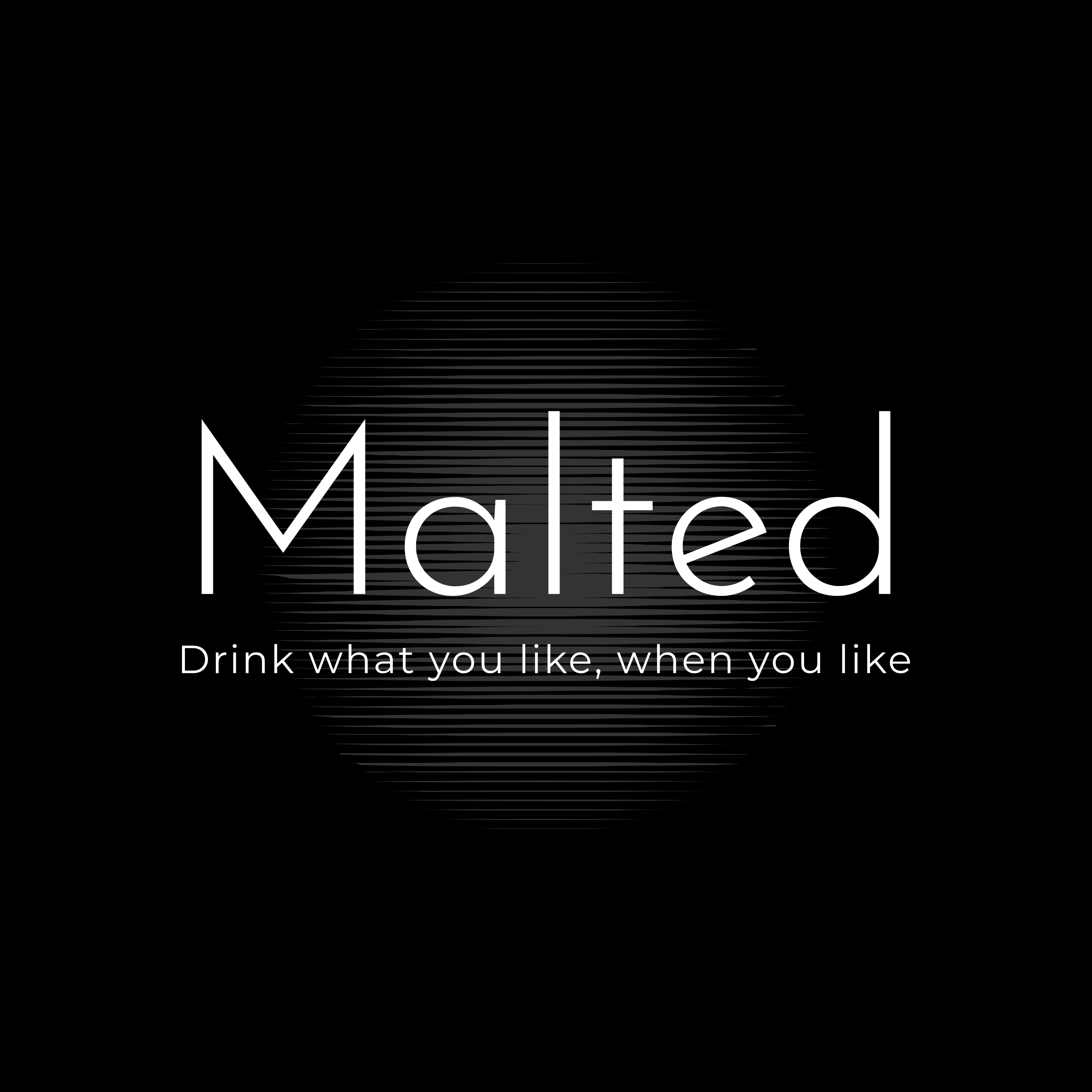

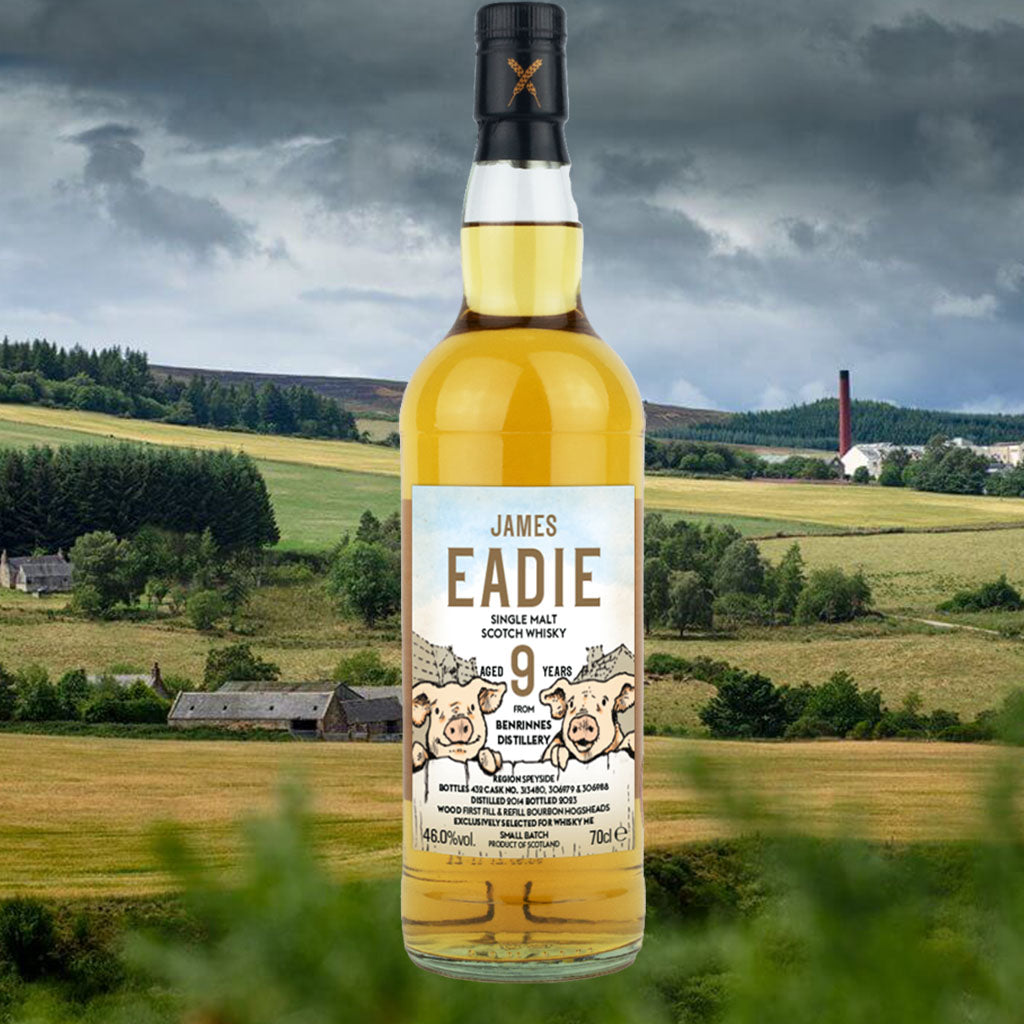
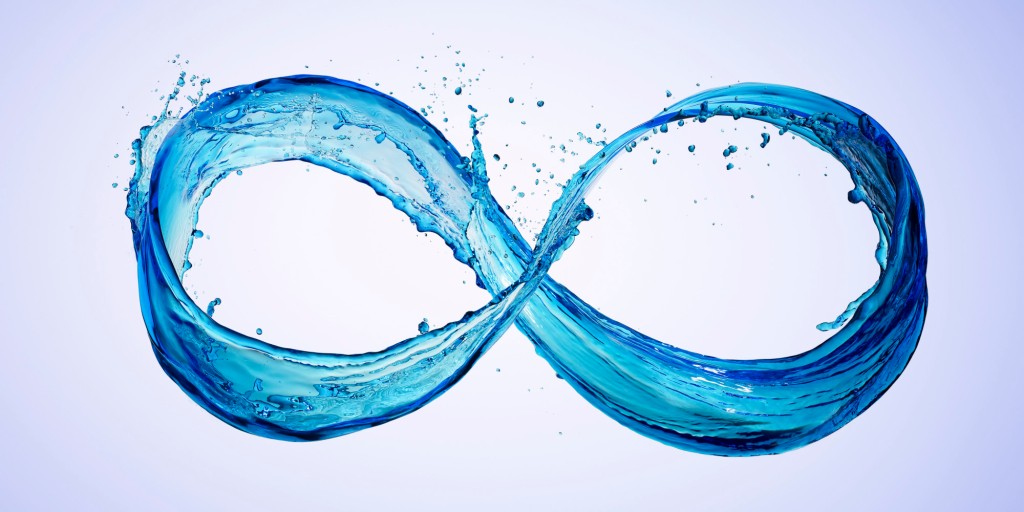
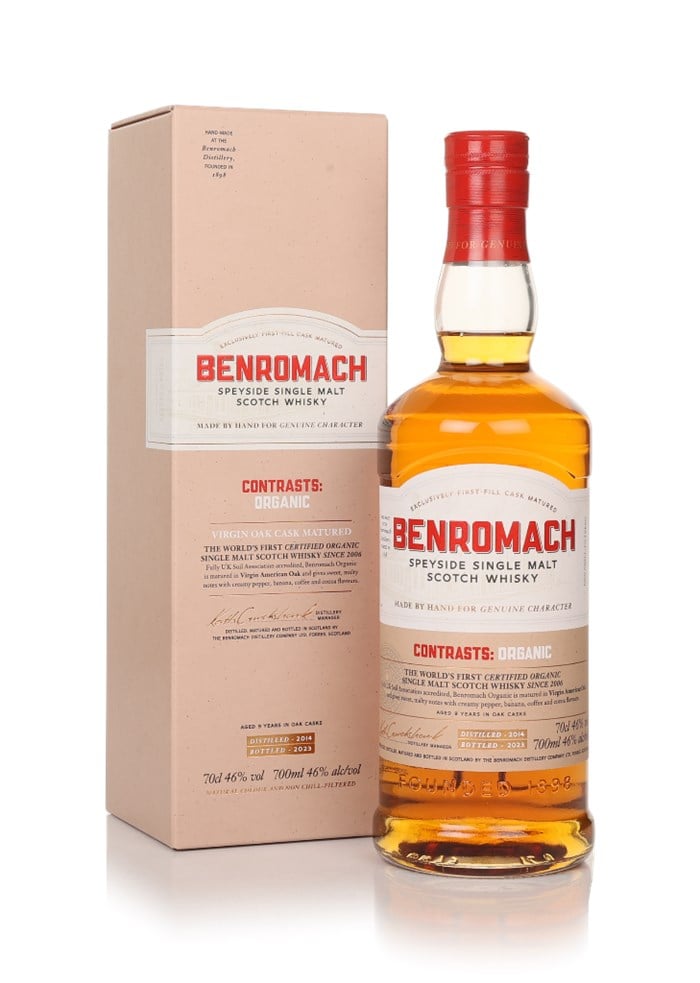
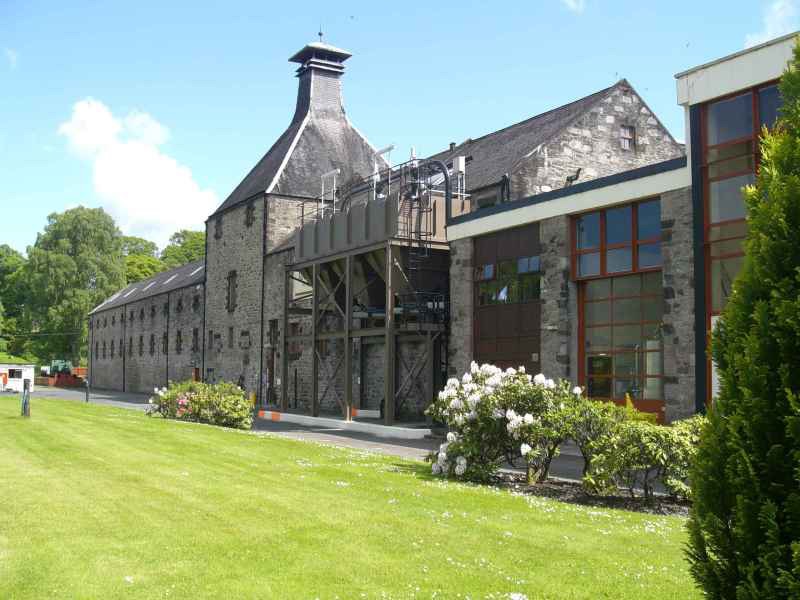
Leave a comment